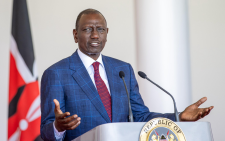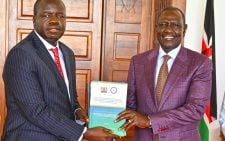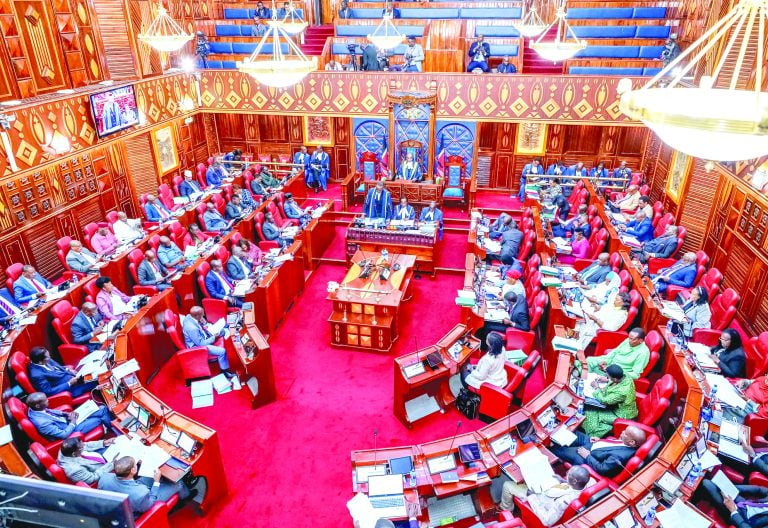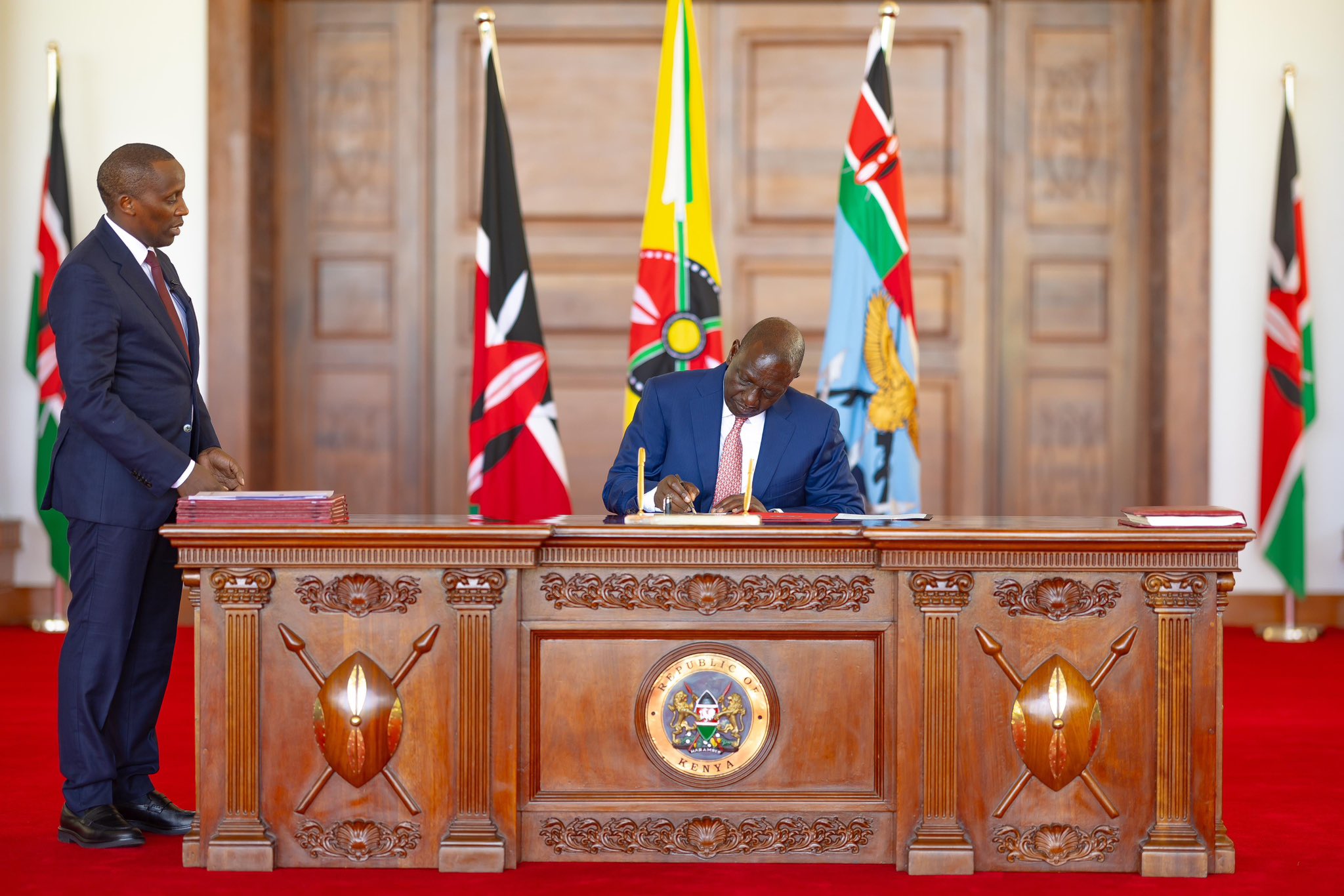Reluctance to donate eyes leaves vital transplants at risk

All the patients on a long waiting list for cornea transplants in one of the largest eye banks in East and Central Africa are Africans and in particular Kenyans. Yet not a single African or Kenyan has ever successfully pledged to offer their eyes after their demise to patients requiring a cornea transplant to avert blindness.
This reality has precipitated an acute shortage of eye tissues to be utilised by a ballooning patient list in urgent need of corrective surgery to restore looming cornea blindness or recover lost vision due to a defective cornea. “As of July, our list had 950 patients waiting for cornea transplant. This month alone, we have harvested only one cornea against a growing demand. Sometimes we get pledges, but when we go to harvest, we are met by rejection from the deceased’s relatives we end up losing that cornea,” said Christopher Mwangala, Cornea and Birth Tissue procurement specialist at Lions Sightfirst Eye Hospital, Loresho.
“In the whole country, only the Asian community offer their eyes for this cause. To cover the wide deficit, we import compatible cornea from Italy, the USA, and Germany, which is barely enough. Cultural beliefs and low knowledge about organ donation keep Kenyans from donating,” added during the commemoration of World Sight Day last week.
The cornea is the anterior part of the eye that is transparent (clear) and responsible for refracting most of the light to the centre of the eye to allow for clear vision. In case the cornea gets injured by an infection, trauma, autoimmune disease, or glaucoma, it loses clarity and becomes cloudy.
Cornea destined for transplant can only be retrieved from the eye of a deceased person. Allergic eye diseases that affect children below 15 years old also impact the wellness of the cornea. The allergy causes the children to rub their eyes incessantly, consequently altering the concave shape and smoothens the cornea leading to a condition called Keratoconus. “Most of the cases we see in the hospitals are Keratoconus impacting the child population. Environmental conditions, such as dust, and smoke may cause this condition,” Mwangala said.
Millions in need of transplants
According to the Ministry of Health, the National blindness prevalence stands at 0.7 per cent of the population representing 250,000 blind persons.
The leading cause of reversible blindness is cataracts accounting for 43 per cent of preventable blindness while cornea disease represents 19 per cent of about 50,000 cases. Over 50 per cent of those suffering from corneal blindness are 30 years and below. Further, 7.5 million Kenyans require eye services to either prevent or restore through surgery or treatment of eye complications. Only 20 per cent of the total population of those suffering from eye problems have access to quality care services.
Makena Nkatha’s eyes stand the risk of being cruelly claimed by Keratoconus if she does not get a cornea transplant urgently. The 26-year-old accountant began experiencing eye problems, which manifested in compulsive eye rubbing in her early childhood years. “Both eyes would itch a lot and opticians would just prescribe eye drops, but there was no proper diagnosis. In 2011, another doctor told me I was partially blind around 2011 when I went to the hospital. It was confusing, I was scared and in denial. I began using contact lenses, which are expensive to maintain for a teenager, and eventually I stopped using them,” said Nkatha.
“In early 2020, I went to The Lions SightFirst Eye Hospital and I was diagnosed with keratoconus. My vision was in such a bad state that I needed to get a cornea transplant for both eyes immediately, failure to which I would not see completely,” she adds.
Her degenerative vision impairment has rendered her slow at work and in the execution of those tasks that come effortlessly and mindlessly to people with healthy eye vision, such as walking and writing.
Harvesting the cornea
Harvesting of the cornea has to take place within six hours of death and utilised within two weeks from the time of harvest. The harvesting is done under strict sterile conditions to preserve the integrity of the eye tissue. “There are people who will consent to have the whole eye harvested others will offer the cornea alone. The whole eye will provide the cornea and the sclera (the white part of the eye ). The sclera can be preserved for a whole year, and bits of it used in Glaucoma surgeries to ease pressure on the eye,” said Mwangala.
“Before we harvest, we do a medical history assessment on the deceased, if they died of diseases, such as Ebola, Covid-19, sepsis, gonorrhea, or cancer of the upper jawline, we do not take the eye to avoid transferring those conditions to the recipient. We also have to do blood work on the deceased,” he continues.
Even after retrieval, eye tissues may not be viable for use due to various medical reasons, including pronounced folds in the cornea, low cell counts (below 2000) and edema, among others. “The rest have failed to meet the set threshold. A harvested cornea can be used for either optical purposes to restore vision or for a therapeutic purpose to treat emergency cornea cases without restoring vision,” Mwangala shared.
The medical expert offers that their eye bank has not placed an age restriction on donations saying that the corneas of senior citizens have been successfully received by the younger demographic. “We are urging Kenyans to give their eyes, because so many people are in need of surgery,” he said.
For patients who have received a bilateral cornea transplant, theirs is a story of renewed hope and overflowing optimism. “I had to bring my phone close to my eyes and I would miss witnessing important events in my life, but now I have the privilege of seeing again,” said Victor Alusa, an entrepreneur.
Alusa had his first surgery in 2018 to replace the cornea of one of his eyes before following that up with a second one in 2020 to fix the other eye. The cost of his first surgery was fully covered by the National Hospital Insurance Fund (NHIF) at the cost of Sh230,000 while the second one was out of pocket. He, however, intimates that the cost can not measure the joy and liberty he now enjoys. The success rate of a cornea transplant is 98 per cent according to scientific data with very slim chances of organ rejection.
The Kenya Tissue and Transplant Authority is currently in the process of drafting a guidelines to streamline all services including human cells, tissue and organ transplants.










